Hello everyone, please forgive me for such a long first post, but I figured I'd say hi after noticing the other threads about the Lowes DeathCubes.
I picked up one of these DeathCubes recently -- it's a Sundew, but I'll be darned if I know what type. Clear / white dots on the leaves, although there are some red ones coming in now. Said leaves are very different than my Cape Sundew, instead of a base plant with leaves bursting out from the center this one is a stem system with leaves going out to the left and right as it goes up. The "grabbers" were much smaller than my Cape Sundew as well, and the leaves much bigger. It's marked as "Botanical Wonders" with no species name.
I had given it up for dead as I noticed that it (stop me if you've heard this) wilted like mad the second I got it home -- I stopped leaving the lid on after it started wilting and I fear the system shock nearly did it in. I kept watering it regardless -- the distilled water, after filtering through the plant and it's pot turned a ugly green, so I'm guessing they were using some pretty impressive fertilizers of some kind? One of the two stems has dried up and died, but the second stem remained alive.
Anyway, I removed it from the DeathCube a few days ago, and today I noticed some new growth on the still living stem, so I decided that I needed to repot it. The... for lack of a better term, "bulb" of the plant was about 2 inches over the dirt. After I removed it from the pot (my first time repotting anything) I noticed that it either was wrapped in a rather large amount of extremely stringy peat or it's roots were crunched into a 4" deep cube, down to what looked like standard dirt.
I lost a rather large amount of that plant mass, so I'm praying that it was peat and not root. I potted it in a small 79 cent clay pot with 1 big drain hole from Fred Meyer -- following some advice I put in about half an inch of pure Perlite at the bottom for drainage then mixed half and half perlite and peat -- next time I am doing 2:1 peat:perlite, as the perlite is very... dominant in the mixture.
I did not knock off the dirt from the roots, I just put them gently (the missing plant mass had officially freaked me out by then) on top of some of the peat:perlite mix then used a spoon to "smush" some more around it.
I fear the Perlite at the bottom was a mistake -- I've been reading up on Bonsai lately as well, I might have got my advice crossed. To make up for it I'm going to water it more often than my other plants until I get a feel for how it's doing.
What is the best way to preform triage on a suffering plant like this? Should I keep it as damp as possible until I see new growth? Is there a way to attempt to try and take a shoot from this one and start over as a new plant? I fear with it being such an odd "stem" like growth having all the lower leaves dying will be somewhat brutal for the poor thing.
I suppose my questions can be summed up as follows:
1. Any idea of what type of Sundew this is?
2. Was the Perlite at the bottom a really bad idea? Should I re-re-pot?
3. 1:1 Peat:Perlite, or 2:1?
4. Is it possible to take a clipping and grow another Sundew out of this Sundew, or should I just pray that this one grows shoots after it's recovery?
I have a Venus Flytrap bought from Wallgreens, along with a Cape Sundew (also from Wallgreens, both were marked "Eve's Garden Gifts") that are doing good in the same "batch". Those I am keeping safe from the dropping temperature by leaving them in an open window's windowsill during the day and bringing them "in" at night -- my weekend plan is to get an end table for that window so I can leave the plants in the sun but keep the window closed. I plan on keeping the VFT outside for the winter in my shed, to let it go dormant.
One thing I did notice, the VFT had small mushrooms growing in it's dirt, the Cape Sundew has little green moss growing in it's dirt, combined with "yellow/green orbs" that keep growing in the cracks. They're hollow and squish if you crunch them, I am guessing they're a form of mushroom too. I'm somewhat worried about that, but they seem to be doing ok, so I'm trying not to freak out too much.
The Cape Sundew actually has flowered -- the flowers grew in a long stem that "drooped over" at the top and had about 12-15 flowers, each one flowered exactly once then shriveled up and never reopened. The base of the buds then turned a nice red color instead of green -- I'm guessing either the temperature killed the flowers, or they miraculously self pollinated or something.
Anyway, thanks for reading. My next plan is to -- eventually, perhaps in spring -- repot my cape sundew and VFT. It's pot is cracked and it really needs room to grow, but I'd hate to lose that cute moss that's growing on it. I'd also like to pick up a Drosera Anglica (I thought my Cape Sundew was one until the flowers came in) as it seems to be close to my Zone (5 or 6a, depending on who you ask)'s sweet spot. A group of Pygmy Sundews in a large, rectangular pot would be really, really nice too.
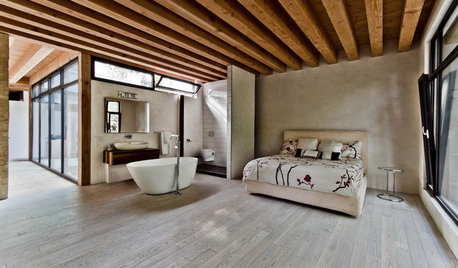
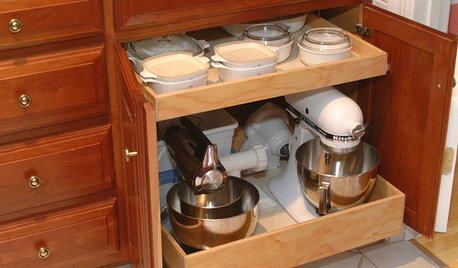
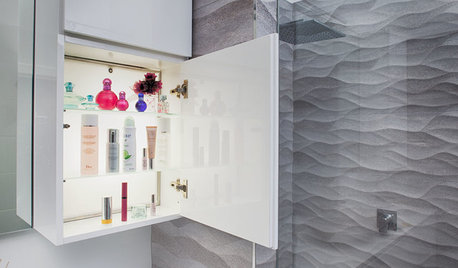
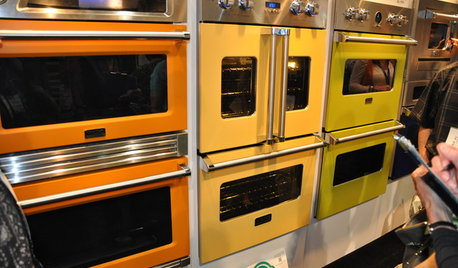
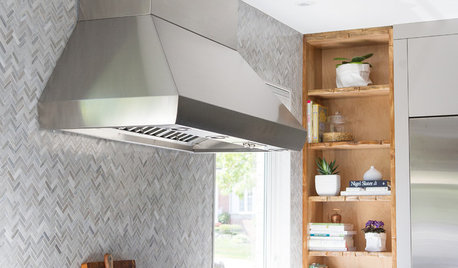
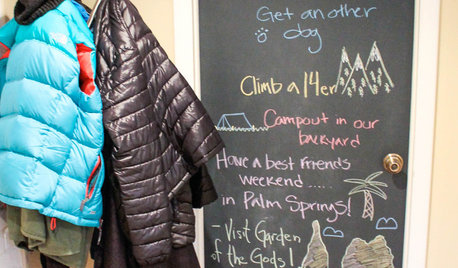
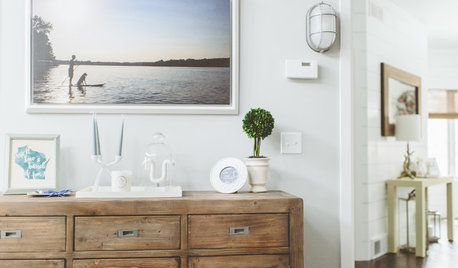
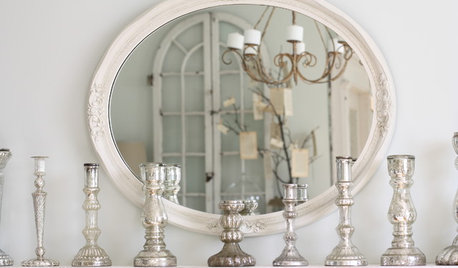





mcantrellOriginal Author
hunterkiller03
Related Discussions
First-timer with bald chickens... HELP!
Q
First-Timer Sundew Problems
Q
First Timer...Cabinets????
Q
First Timer Problems- Need Help (beetle larva!)
Q
mcantrellOriginal Author
mutant_hybrid
mcantrellOriginal Author
petiolaris
mutant_hybrid
drwurm
mcantrellOriginal Author
petiolaris
squim4
mcantrellOriginal Author
petiolaris
squim4
mcantrellOriginal Author
mcantrellOriginal Author
squim4
mcantrellOriginal Author
petiolaris
mcantrellOriginal Author
petiolaris
mcantrellOriginal Author
petiolaris
mcantrellOriginal Author
petiolaris
tommyr_gw Zone 6
mcantrellOriginal Author
mcantrellOriginal Author
petiolaris
mcantrellOriginal Author
spycspider
gold3nku5h
mcantrellOriginal Author
petiolaris
mcantrellOriginal Author
petiolaris
spycspider
petiolaris
mcantrellOriginal Author
petiolaris
mcantrellOriginal Author
mcantrellOriginal Author
mcantrellOriginal Author
petiolaris
mcantrellOriginal Author
petiolaris
mcantrellOriginal Author
petiolaris
mcantrellOriginal Author
bman111